A Guide to Microbial Inoculants and Compost Tea for Vibrant Gardens
Microbial inoculants and compost tea are powerful tools that can transform your garden into a thriving ecosystem of beneficial microorganisms. In this blog post, we will delve into the process of creating and using compost tea to enhance soil health and promote robust plant growth. We’ll explore the necessary materials, step-by-step instructions, and highlight the benefits of combining both compost tea and extract. Let’s unlock the secrets of microbial inoculants and unleash the potential of your garden.
Understanding Microbial Inoculants and Compost Tea
Microbial inoculants are natural products that contain a high concentration of beneficial microorganisms. These microorganisms include bacteria, fungi, and other microbes that play crucial roles in nutrient cycling, disease suppression, and plant growth promotion. Compost tea, on the other hand, is a liquid solution created by extracting these microorganisms from compost or vermicompost. The tea provides a concentrated dose of beneficial microbes that can be applied to the soil or plants directly.
Microbial inoculants and compost tea offer numerous advantages for gardeners and farmers. By introducing a diverse community of beneficial microorganisms to the soil, these solutions enhance nutrient availability, break down organic matter, suppress harmful pathogens, and improve overall soil fertility. They act as natural allies, working in harmony with plants to create a thriving ecosystem.
Gathering the Required Materials Before diving into the process of creating compost tea
let’s ensure we have all the necessary materials at hand. Here’s what you’ll need:
- A 400-micron bag or cheesecloth for containing the compost or vermicompost.
- Non-chlorinated water, preferably rainwater, or tap water that has been left out overnight to allow chlorine to dissipate.
- A food-safe bucket or container that is large enough to hold the desired amount of water.
- Fish hydrolysate or molasses to serve as a food source for the microorganisms.
- A water pump for aeration, which will provide oxygen to the microorganisms during the brewing process.
Step-by-Step Guide to Making Compost Tea
- Preparing the Base: To start, gather half a cup of vermicompost castings or compost from a worm bin. These materials will serve as the foundation for your compost tea. Place the compost in a 400-micron bag or cheesecloth and securely tie the top.
- Aeration and Nutrient Addition: Fill your food-safe bucket with the desired amount of non-chlorinated water. Add the bag of compost to the bucket, ensuring it is fully submerged. Place an aerator bubbler inside the bag to facilitate aeration. The aeration process supplies oxygen to the microorganisms, creating an ideal environment for their growth. Next, add a capful of fish food or fish hydrolysate to the water as a nutrient source for the microorganisms. Finally, insert the remaining air stones into the bucket.
- Aeration Period: Allow the mixture to bubble and aerate for approximately 12 hours. This period allows the microorganisms to multiply and thrive. During this time, they will metabolize the nutrients and multiply, transforming your compost tea into a powerhouse of microbial activity.
- Extract Preparation: After the 12-hour aeration period, take an additional half cup of vermicast and place it in a separate bag. Submerge the bag in the bucket, allowing it to agitate in the bubbles for about 15 minutes. This process creates an extract rich in fungal populations, which complements the bacterial-dominated populations in the tea.
Applying Compost Tea and Extract: Now that you have your compost tea and extract ready, it’s time to apply them to your garden. There are various methods you can use:
- Using a sprayer: Fill a sprayer with the compost tea and apply it directly to the foliage of your plants. This method allows the beneficial microorganisms to establish themselves on the plant’s surface, providing protection against harmful pathogens.
- Direct soil application: You can also drench the soil around your plants or use the “frenching” technique, where you create narrow trenches around plants and pour the compost tea directly into the soil. This method ensures that the beneficial microorganisms penetrate the root zone and establish a symbiotic relationship with the plants.
- Inoculating seedlings or plant starts: Dip the roots or base of your seedlings or plant starts into the compost tea extract before planting them in the soil. This method introduces beneficial microorganisms directly to the young plants, giving them a head start in establishing a healthy root system.
It is beneficial to use both compost tea and extract together. Compost tea encourages the growth of bacterial populations, which excel in nutrient cycling, disease suppression, and general plant health. The extract, with its higher fungal population, complements the tea by supporting mycorrhizal associations and contributing to organic matter decomposition.
Filtering and Other Considerations
Before using the compost tea, you may want to filter it to remove any solids or debris that could clog your sprayer. A simple solution is to strain the tea using cheesecloth or a similar material. This step ensures a smooth application and prevents any blockages.
Additionally, it is essential to keep in mind a few tips for successful compost tea usage and storage. First, ensure that all the equipment you use is clean and free from any contaminants that may interfere with the brewing process. Second, avoid using chlorinated water, as chlorine can harm the beneficial microorganisms. Third, during storage, keep the compost tea aerated to maintain the microbial activity. Finally, use the tea within 24-48 hours of brewing to maximize its effectiveness.
Conclusion
Microbial inoculants and compost tea offer an organic and sustainable approach to gardening and farming. By harnessing the power of beneficial microorganisms, you can significantly improve soil health, enhance plant growth, and reduce the need for synthetic fertilizers and pesticides. The process of creating compost tea is relatively simple, and the benefits it brings to your garden are immeasurable. Embrace this natural solution, and watch as your plants flourish, creating a vibrant and thriving ecosystem in your own backyard.
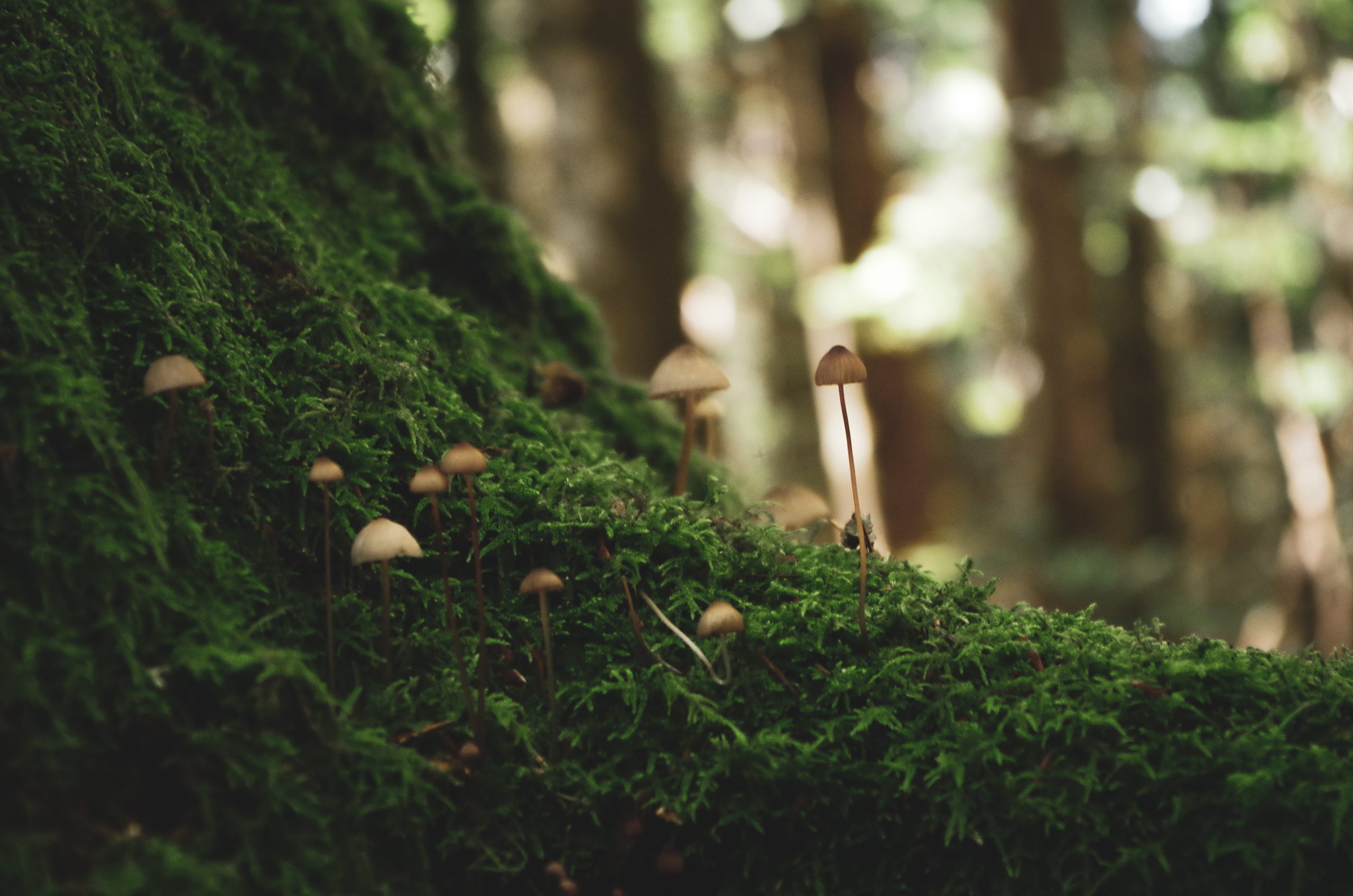


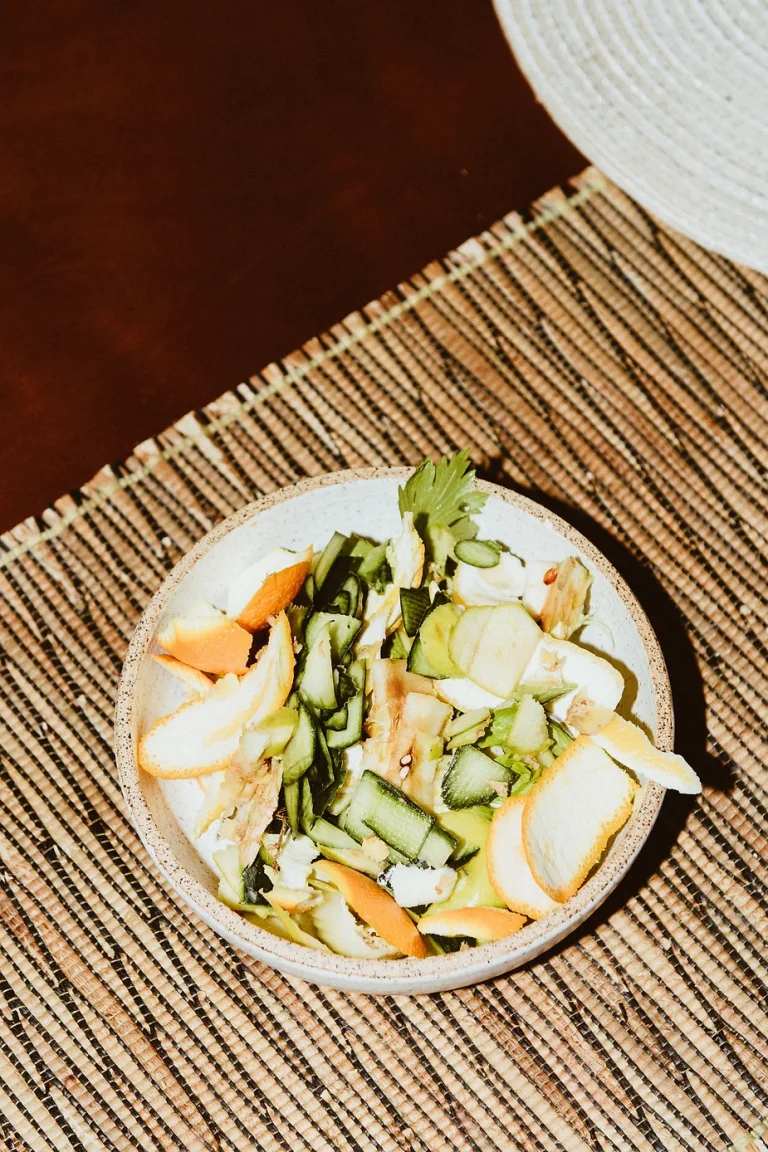
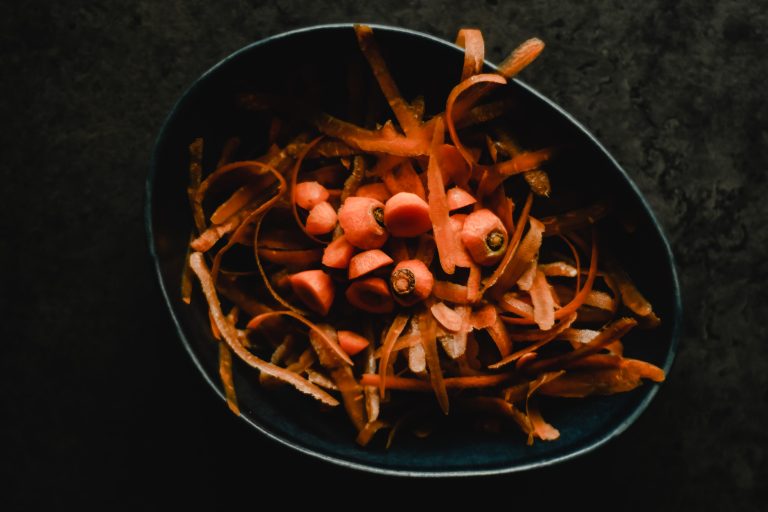
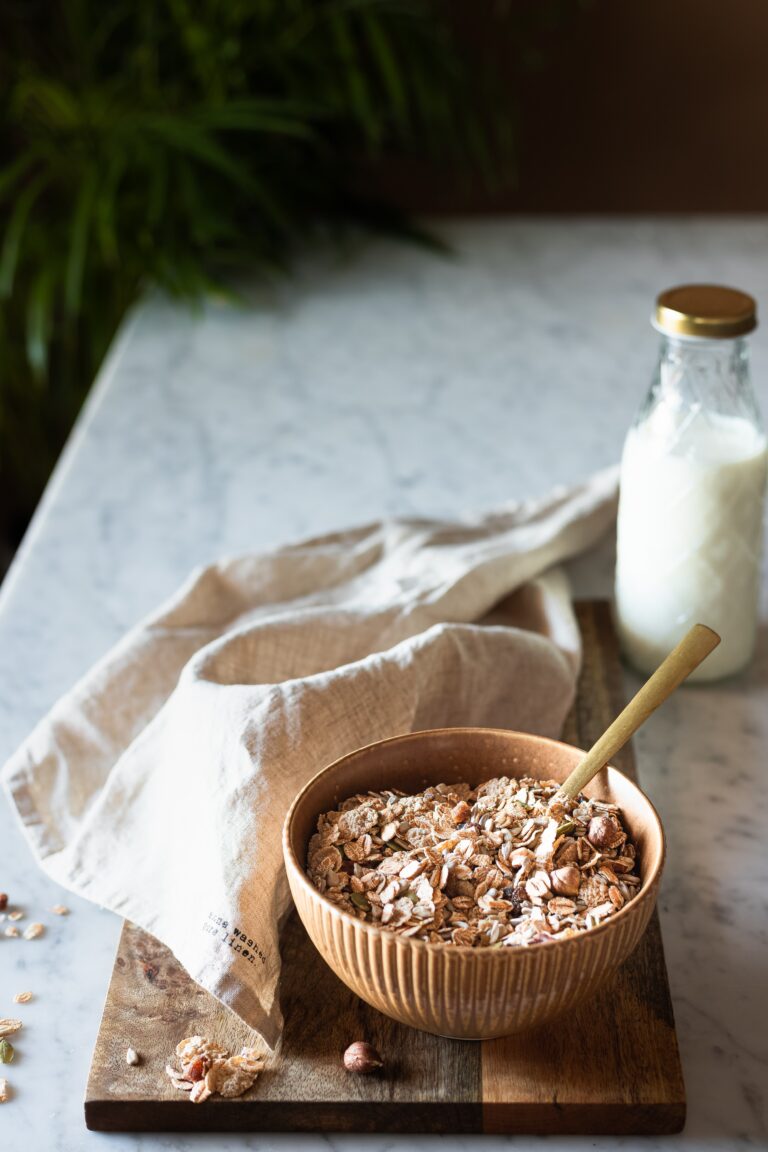
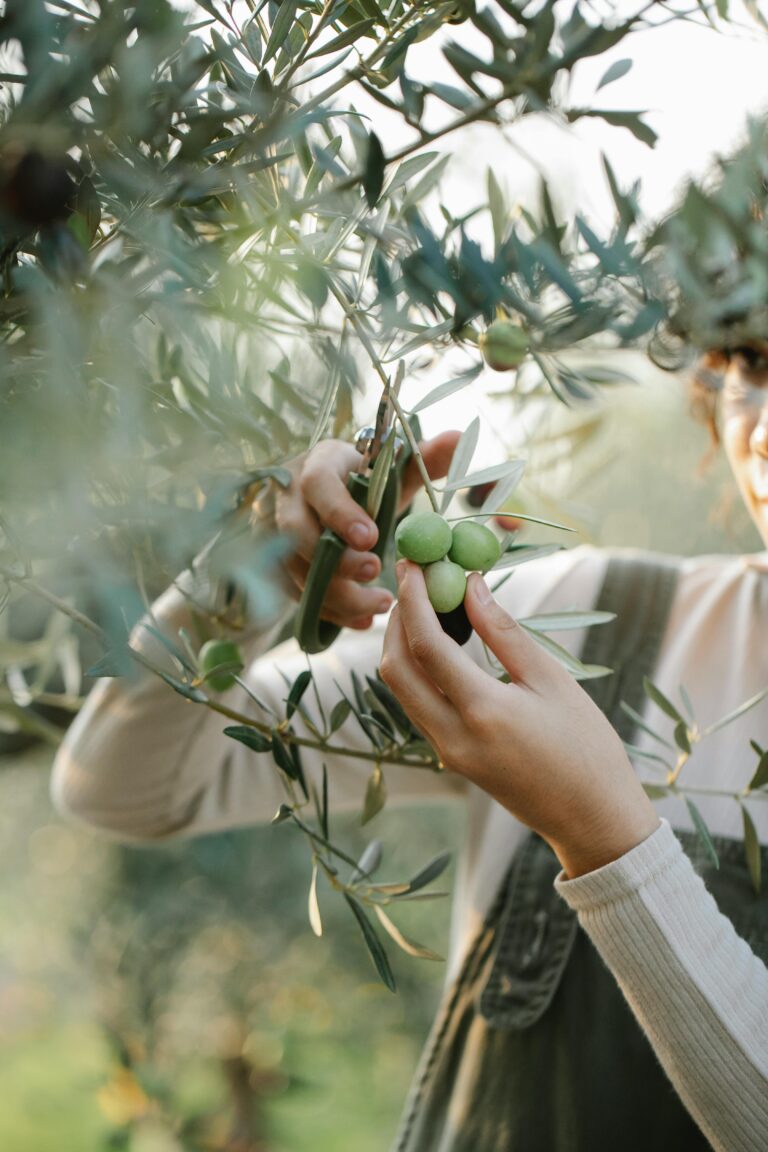
Elle Hinton
Sevyn Gardner
Aviana Ortiz
Korbin Simon
Zaiden Spencer
Misael Pratt
Lexi Burns
Samuel Livingston
Donald Byrd
Nicole Barber
Kyson Lane
Yara Tang
Vivian Valencia